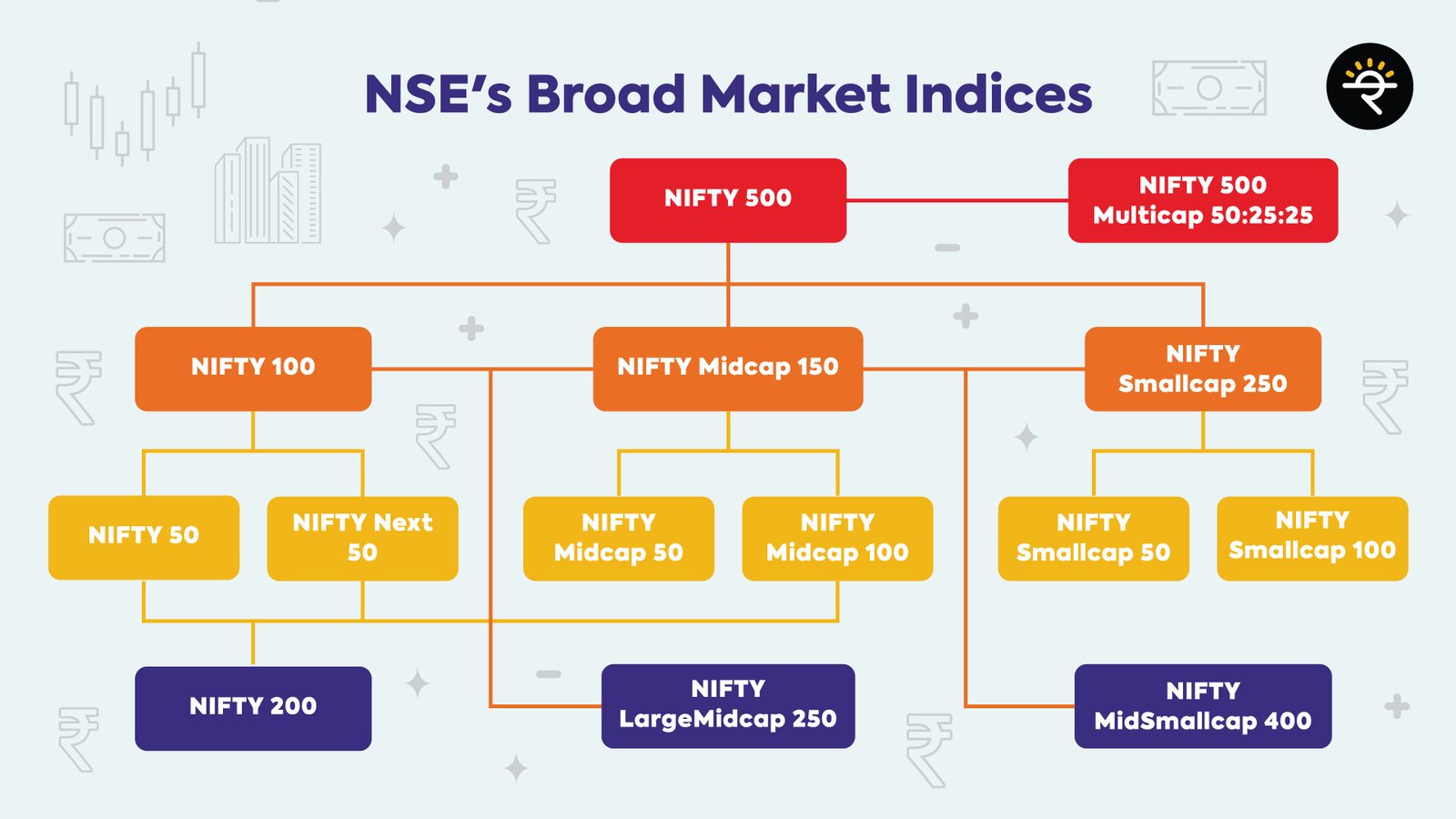Mutual Fund Fees and Expenses: Mutual funds are a popular investment option for those seeking diversification, professional management, and long-term growth. But before you invest, it’s crucial to understand the fees and expenses associated with mutual funds — because these costs can significantly impact your overall returns over time.
Let’s break down the most common mutual fund fees and expenses, so you can make more informed investment decisions.
Expense Ratio
The expense ratio is the most commonly quoted fee and reflects the annual cost of operating and managing a mutual fund. It’s expressed as a percentage of the fund’s average assets under management (AUM). For example, a fund with a 1% expense ratio would cost $10 annually for every $1,000 invested.
What it includes:
- Fund manager salary
- Administrative expenses
- Research and analysis
- Marketing and distribution (in some cases)
Why it matters:
Even small differences in expense ratios can add up over time, especially with large investments or long-term holdings. For example, low-cost index funds often have expense ratios below 0.20%, while actively managed funds can charge 1% or more.
Sales Loads (Front-End and Back-End Fees)
A sales load is a commission paid to a broker or advisor when you buy or sell mutual fund shares.
- Front-end load: A fee charged at the time of purchase. For example, a 5% front-end load on a $1,000 investment would deduct $50 upfront, leaving only $950 invested.
- Back-end load (delayed sales charge): Charged when you sell shares, often decreasing the longer you hold the investment.
Tips: Consider no-load funds, which do not charge sales commissions and can be a cost-effective option for long-term investors.
12b-1 fees
These are annual marketing and distribution fees, often included in the fund’s expense ratio. These typically range from 0.25% to 1% and are used to promote the fund or compensate brokers.
Beware: High 12b-1 fees can erode returns over time, especially if you don’t get additional value from advisory services.

Redemption fees
Some funds charge a redemption fee if you sell your shares within a certain time frame, usually 30 to 90 days. This is different from a back-end load and is used to discourage short-term trading that can disrupt the management of the fund.
Account and transaction fees
- Account maintenance fees: Charged by some brokers or platforms for small accounts.
- Exchange fees: Charged when transferring money between funds within the same fund family.
- Wire transfer or check fees: If you request a withdrawal in a specific format.
These may seem small, but they can add up if you trade frequently.
Performance-based fees (rare)
In some cases, especially hedge funds or institutional funds, managers may charge fees based on performance. While rare in mutual funds, some may include “fulcrum fees” that adjust based on how the fund performs against a benchmark.
How to Compare Mutual Fund Expenses
When comparing mutual funds, look for the following:
- Expense ratio: Lower is usually better, all else being equal.
- Load vs. no-load: Consider a no-load fund if you don’t need advisory services.
- Fee disclosure: Read the fund’s prospectus and fact sheet to understand all potential costs.
Understanding mutual fund fees and expenses is essential to maximizing your investment returns. Even seemingly small fees can significantly impact your portfolio over the long term. By knowing what to look for – and carefully comparing funds – you can make smart choices that align with your financial goals.
Read Also: How to Mine Cryptocurrency: A Beginner’s Guide
![]()





